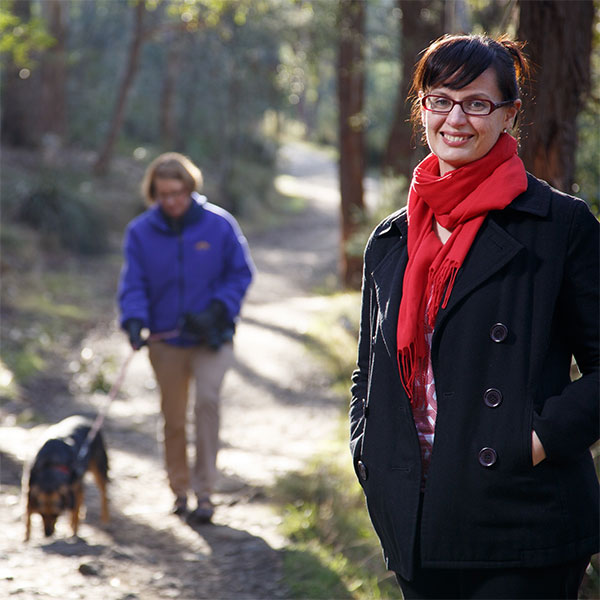Menzies putting best foot forward towards walkability

Menzies putting best foot forward towards walkability
The University of Tasmania’s Menzies Institute for Medical Research has been awarded $571,000 to assess and improve walkability in Tasmania’s regional and rural communities.
The funding, from the Medical Research Future Fund’s Preventative and Public Health Research Initiative, will develop benchmarks and a smart online tool to support rural Australians to live healthy, active lives.
Associate Professor Verity Cleland said Tasmania was the ideal setting for this research.
“Tasmania is the only State where more residents live outside the capital city, and our health outcomes are among the worst in the country. This funding gives us a fantastic opportunity to partner with the Tasmanian Department of Health and the Local Government Association of Tasmania and work with communities to help get them up and moving.”
The study will be designed with local organisations and community members to create a tool that establishes how walkable their towns are and identifies priority areas for action. The aim will be to make the tool available to rural communities across Australia and around the world.
“We know that many regional communities don’t have safe footpaths or appropriate street lighting to make walking or cycling viable choices for getting around or exercising, and less than half the adult population do the recommended daily amount of physical activity.
“Making it easier to walk places is common sense, especially when we know that rural and regional Australians do less physical activity than their city-based counterparts.”
Director of the Menzies Institute, Distinguished Professor Alison Venn, said this was an important first step towards improving health outcomes of Tasmanians.
“Physical inactivity increases the risk of early death and chronic disease and costs Australia an estimated $13.8 billion a year. By improving the environments people live in, and making them more conducive to being active, we can find new ways to promote good health.”